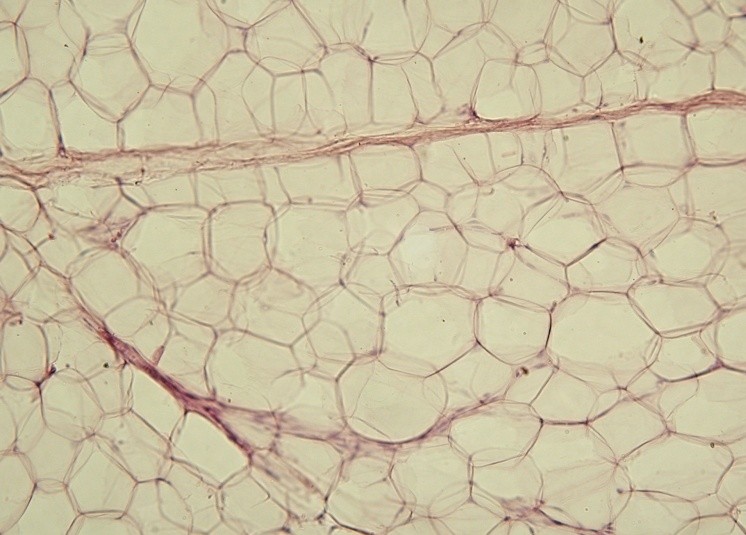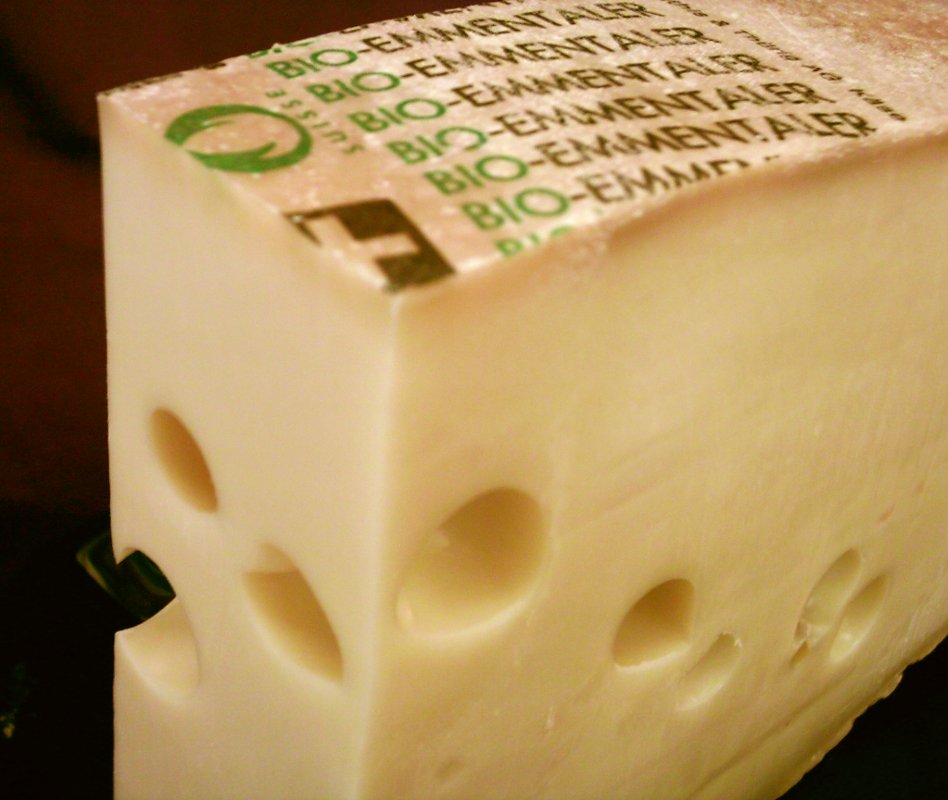A corollary of the mealtime question, of course, is "what should I drink?" We can again ask many questions about our liquid refreshments, and fortunately, a couple studies from the recent issue of The American Journal of Clinical Nutrition provide us with some answers.
 |
| One of these is not like the others... |
The first study, by a group in Denmark, indicates what not to drink. Designed as an experiment with their subjects freely roaming the world, the researchers gave groups of participants a different liter of fluid to drink each day for six months. The experimental drink was good ole' Coca-Cola (made with sucrose rather than high fructose corn syrup in Europe), and the control drinks were reduced fat milk, diet-Coke, and water. Drinks were delivered to the subjects homes at the start of the study, and empty bottles were collected afterwords; as such, it's likely that at least some of the daily allotments made it down the drain instead of the gullet. But regardless of the precise amount consumed, the results are telling.
The regular cola, or as the Danish-scientists fondly called them, sucrose-sweetend soft drinks (SSSDs), but none of the other drinks, drove fat to accumulate in all of the wrong places. The regular soda caused a 135% increase in liver fat, a 120% increase in intramuscular fat (think marbling in a corn-fed steak), and a 25% increase in visceral fat, which is the particularly deleterious fat that surrounds the organs within the abdomen. Together, the liver and muscles comprise the greatest amount of insulin-sensitive tissue in the body. When fat infiltrates these organs, they have trouble following insulin's orders, so the pancreas has to squeeze out more insulin to compensate. This is insulin resistance. But while none of the subjects showed compromised insulin function in the first 6 months, ectopic, or out of place, fat deposits are paramount to insulin resistance and the associated metabolic syndrome.
And the relative non-effects of the other drinks are equally interesting.
Despite a similar caloric content to the SSSBs, daily milk intake decreased the ratio of visceral fat to subcutaneous fat, meaning that milk helped carve people into a "pear" rather than an "apple" shape. A calorie is a calorie, indeed.
Surprisingly, both diet soda and milk lead to a decrease in blood pressure. What's more, the diet soda didn't cause any fat gain. Diet soda is thought, at least by some, to contribute to weight gain because the sweet taste of diet soda is sufficient for the pancreas to secrete some insulin. This study clearly argues against an "obesogenic" effect of artificial sweeteners, both directly, or indirectly by encouraging a sweet tooth.
But what shall we order at Happy Hour?
Red wine has become famous for being "heart healthy." After all, the Mediterraneans are famous for drinking wine and having a relative absence of heart disease. Additionally, the grape-derived compound resveratrol has been shown to extend life... in metabolically compromised mice, anyway. But really pinning down the benefit of red wine as been a challenge.
There isn't actually a whole lot of resveratrol in wine, and most animal studies employ pharmacological doses extracted from grapes. So is it some other compound in wine? Is it a combination of some?
And epidemiological evidence on red wine must be taken with a grain of salt. Prospective cohort studies - like the Nurse's Health Study - are the best form of observational epidemiology, but they cannot exclude selection bias, that is, people who tend to drink red wine also tend to be wealthier, healthier, or live more moderate lives. Selection bias prohibits researchers from truly knowing if it's the red wine or if it's simply the people who choose to drink red wine, that's the determinant of health. Fortunately, researchers conducted an experiment.
This study examined the impact of red wine on heart disease risk factors, specifically the abundance of inflammatory proteins and immune cells in the blood. Heart disease is characterized by systemic inflammation and the accumulation of immune cells, like macrophages and lymphocytes, within the blood vessel walls. There's good reason to think that it's this inflammation, rather than cholesterol per se, that contributes to cardiovascular disease. Any modality that can reduce inflammation likely protects the heart.
Each subject in the experiment participated in each of three four-week trials where they got to enjoy a couple of daily servings of red wine, gin, or de-alcoholized red wine. The gin allowed the researchers to examine the impact of the alcohol, while the de-alcoholized wine isolated the multitude of polyphenols unique to fermented grape juice. The results are intriguing, if not a bit complex.
 |
| Does this mean that my birthday celebration was good for my heart? I'd like to think so. |
Two daily shots of gin made immune cells less sticky, while also increasing IL-10, a potent anti-inflammatory molecule that mellows-out aggressive immune cells.
And the polyphenols themselves lowered IL-6, an acute-phase protein that stimulates the liver to secrete C-reactive protein, which is routinely measured by doctors to assess heart disease risk. Grape juice also contains polyphenols, but all of the sugar without the fiber likely makes the teetotaling drink more harmful than helpful.
Of course, the participants probably didn't drink every last drop; some of the soda, although perhaps not the wine, surely went right down the sink. And we don't know exactly how important it is to decrease esoteric molecules like IL-16 from 478pg/ml to 450pg/ml. But we do have a certain degree of confidence in deciding what we should drink.
We can say that soda consumption does indeed cause fat to be deposited throughout the body. And the benefits of drinking wine could very well be attributable to the wine itself; and at the very least, some merlot doesn't appear harmful to the heart.
It looks like the cherry-brandy diet Coke highball I made the other weekend was an even better idea that I originally thought!















